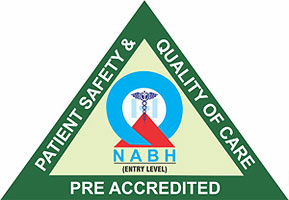+91-7291089674 (Bandra)
+91-7291092120 (Kandivali)




October 27, 2020 | Author: Admin
The role of vision is tough to outline in our lives as, without it, there will be no window to our soul. Whenever there is a deficiency in vision, we find our life in darkness. Among the various causes of visual disorders, one is Retinal detachment. This condition arises when the thin lining of tissue (retina)situated at the back of the eye separates from its underlying blood vessels. Since the eye cannot work without the retina, a person may have a permanent loss of vision if correct treatment is not carried out at the right time.
The retina is an important structure of the eye and is a light-sensitive area that sends visual messages to the brain. When the retina separates away from its normal position, it results in an ocular emergency.
Retinal detachment occurs when the thin layer of retinal tissue pulls away from its underlying blood vessels that provide nutrients and oxygen to the retinal cells. This condition must betreated immediately to avoid permanent loss of vision.
When a small part of the retina starts to detach, it causes no pain. However, you experience some difficulty in vision and a dark curved shadow is noticed in front of the eye as the detachment progresses. Some symptoms include:
This condition arises suddenly, and if not treated right away, may progress and can cause permanent loss of vision or blindness.
This condition is most common in individuals above the age of 50. However, anyone can develop this condition. Certain factors increase the risk of retinal detachment. These factors are:
Treatment of retinal detachment depends on the severity of the condition. The primary aim ofthe treatment is to preserve the remaining vision and try to regain the lost vision as much as possible. The doctors generally recommend various surgeries to repair any tear, hole, or break in the retina and reattach the retina at the back of your eye. These may be: